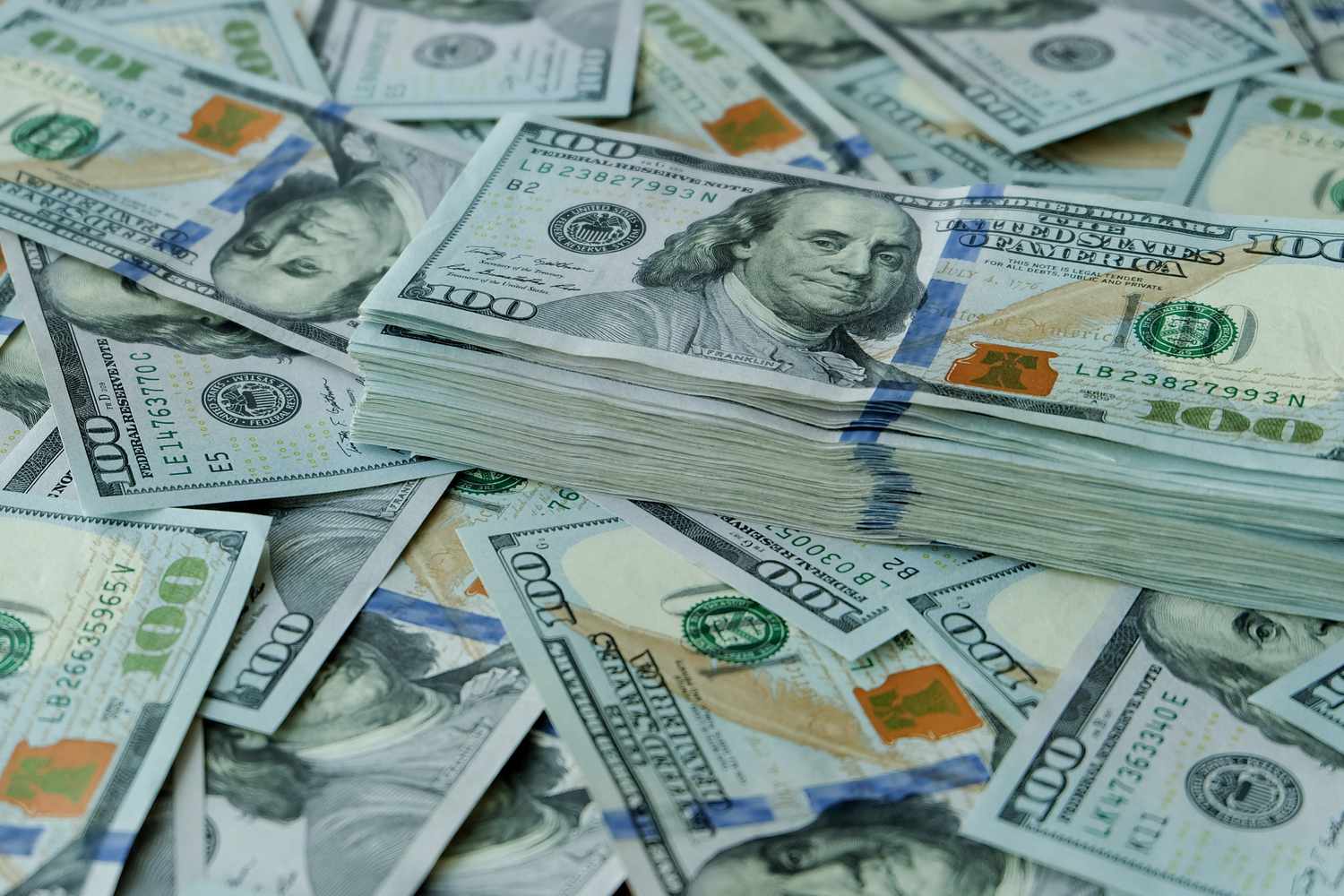In a climate of economic uncertainty, a recent Rasmussen Reports survey reveals that over half of American adults—52% to be exact—harbor concerns about the nation hurtling into an economic abyss reminiscent of the 1930s. This sentiment, despite President Joe Biden’s assertions regarding the robustness of the American economy.
‘Bidenomics’: 52% Say Economy Has Gotten Worse
A majority of voters believe economic conditions have worsened under President Joe Biden.
More at Rasmussen Reports:https://t.co/iANv1CvYKX pic.twitter.com/358D7R9Qwc
— Rasmussen Reports (@Rasmussen_Poll) September 5, 2023
The survey conducted through a combination of national telephone and online interviews paints a vivid picture of prevailing anxiety. A notable 21% of respondents go beyond mere apprehension, deeming a major depression “Very Likely” in the next few years. In contrast, 36% remain optimistic, expressing doubt that the United States is destined for a redux of the Great Depression. A further 11% firmly believe such an economic catastrophe is “Not At All Likely,” while an additional 11% find themselves undecided, caught in the crossfire of economic speculation.
As the nation grapples with shifting economic landscapes, it’s evident that public opinion is a nuanced tapestry of concern and hope. The skepticism voiced by a majority challenges the narrative of a thriving economic era, as conveyed by the country’s highest office.
Key Insights:
1. Diverging Perceptions: The stark divide in perspectives reveals a nation wrestling with uncertainty, unsure of the economic trajectory laid out before it.
2. Impact of Presidential Messaging: Despite President Biden’s optimistic outlook on the economic front, a significant portion of the population remains unconvinced, pointing to a potential disparity between political messaging and public perception.
3. Historical Echoes: The haunting specter of the 1930s Great Depression looms large in the minds of more than half of American adults, serving as a historical touchstone for contemporary economic fears.
4. Undecided Demographic: With 11% of respondents undecided, the nation stands at a crossroads where future economic indicators could sway public opinion.
In the current landscape, the economic discourse remains a multifaceted dialogue, reflecting a populace grappling with the uncertainties of tomorrow. The challenge now lies in addressing these concerns and navigating a path forward that aligns with both political rhetoric and public sentiment.

